Dinosaurs in living color
Dinosaurs in living color; A rover no more; How know-it-all men shop; Pass on the salt; How fast can humans run?
Dinosaurs in living color
With little more than mineralized bones to study, scientists and artists have only been able to guess what color dinosaurs were. But a new study, utilizing scanning electron micrography, has detected actual pigments in the feathers of a 125-million-year-old specimen from China, and concluded that the creature had reddish-orange feathers and a startling, chestnut-and-white striped tail. “Now we can add color to the ancient world and provide truly scientific reconstructions of extinct animals,” paleontologist Zhonghe Zhou tells National Geographic News. While examining the feathery “fuzz” of a dinosaur called Sinosauropteryx, researchers found the fossil remains of melanosomes, microscopic structures that in modern animals contain pigments. The melanosomes led scientists to deduce that one specimen had patches of white, black, and orange-brown, while another had a striped tail. The new technique’s findings—including the existence of proto-feathers—not only support the idea that birds evolved from dinosaurs but open the door to further study of dinosaur colors. “We might be able to start painting a picture of what these things looked like,” says Ohio University paleontologist Lawrence M. Witmer.
A rover no more
The Week
Escape your echo chamber. Get the facts behind the news, plus analysis from multiple perspectives.

Sign up for The Week's Free Newsletters
From our morning news briefing to a weekly Good News Newsletter, get the best of The Week delivered directly to your inbox.
From our morning news briefing to a weekly Good News Newsletter, get the best of The Week delivered directly to your inbox.
Spirit, the intrepid rover that has methodically explored the surface of Mars for the past six years, has reached the end of its road, NASA says. When it landed in 2004, the robot geologist wasn’t expected to travel more than a few hundred yards and function for more than 90 days. But in the months and years since, it has traveled nearly five miles, taken tens of thousands of images, and found abundant evidence of the Red Planet’s wet, warm past. Last year the golf cart–size rover slid into a sand pit and, despite various maneuvers, has been unable to roll itself out; now two of its six wheels have failed, effectively immobilizing it. “Spirit has encountered a golfer’s worst nightmare—the sand trap,” NASA’s Doug McCuistion tells BBC.com. “No matter how many strokes you take, you can’t get out of it.” If the solar-powered rover can survive the dark Martian winter, it will continue working as a stationary science center. Meanwhile its twin, the rover Opportunity, is still roaming and sending back data from the other side of Mars.
How know-it-all men shop
Men are notorious for not asking directions. Their hesitance to seek informed guidance, says Scientific American, “may extend to the shopping cart.” Researchers at the University of New Hampshire surveyed more than 500 men and women about their wine-buying habits, in particular how they go about gathering the information they need to make a purchase. The results revealed that women were more likely to seek out personal recommendations—from retail clerks, friends, or family members—while most men preferred not to reveal a lack of omniscience, and thus relied on the Internet, books, and other impersonal help. Men also claimed more inherent knowledge: Fifty-nine percent said they knew “a lot” about wine, whereas only 46 percent of women did.
Pass on the salt
A free daily email with the biggest news stories of the day – and the best features from TheWeek.com
A little less salt could add years to your life, a new study suggests. Using a computer model, scientists in San Francisco calculated that if Americans reduced their daily salt intake by 3 grams, or just half a teaspoon, the number of heart attacks would drop annually by as many as 99,000—a 13 percent decline. Strokes and new cases of heart disease would decline annually too, by 8 percent and 11 percent respectively, and the nation would save $24 billion a year in health-care costs. Americans would have to cut their tobacco intake in half to see similar results. A modest reduction in sodium intake “would achieve small changes in blood pressure that would have a measurable effect across the whole population,” epidemiologist Kirsten Bibbins-Domingo tells The New York Times. Most Americans eat much more than the recommended amount of salt, but 80 percent of our intake comes from processed and restaurant-prepared foods like canned soup, jarred sauce, and fast food, not the family saltshaker. “It’s hard for me to tell my patients to make different choices,” Bibbins-Domingo says, “because it’s hard for me to make different choices.’’
How fast can humans run?
Usain Bolt, the world-record holder in the 100-meter dash, sprints at a blazing 28 mph. But humans are “nowhere close” to their potential top speed, new research says; in theory, the perfect runner could reach 40 mph. Human beings’ top speed was thought to be limited by the maximum amount of force our legs could withstand as they hit the ground, which in elite runners approaches 800–1,000 pounds. Using specially designed treadmills, however, researchers at Wyoming University found that subjects can generate and withstand 30 percent more force, at least while hopping forward on one leg. The study found that the real limitation on running speed is the rate at which muscles in the body can contract and propel the limbs forward. By analyzing the muscle fibers, biomechanics specialists concluded that humans could reach 40 mph. A man running at that speed in the 100-meter would cross the finish line in 6.67 seconds, leaving Bolt 40 yards in his wake.
-
 Which side is JD Vance taking in MAGA’s infighting?
Which side is JD Vance taking in MAGA’s infighting?Today’s Big Question GOP insiders are battling over antisemitism with eye on 2028
-
 Campus security is in the public eye again after the Brown shooting
Campus security is in the public eye again after the Brown shootingTalking Points Questions surround a federal law called the Clery Act
-
 9 new cookbooks begging to be put to good winter use
9 new cookbooks begging to be put to good winter usethe week recommends Booze-free drinks, the magic versatility of breadcrumbs and Japanese one-pot cooking
-
 5 recent breakthroughs in biology
5 recent breakthroughs in biologyIn depth From ancient bacteria, to modern cures, to future research
-
 Bacteria can turn plastic waste into a painkiller
Bacteria can turn plastic waste into a painkillerUnder the radar The process could be a solution to plastic pollution
-
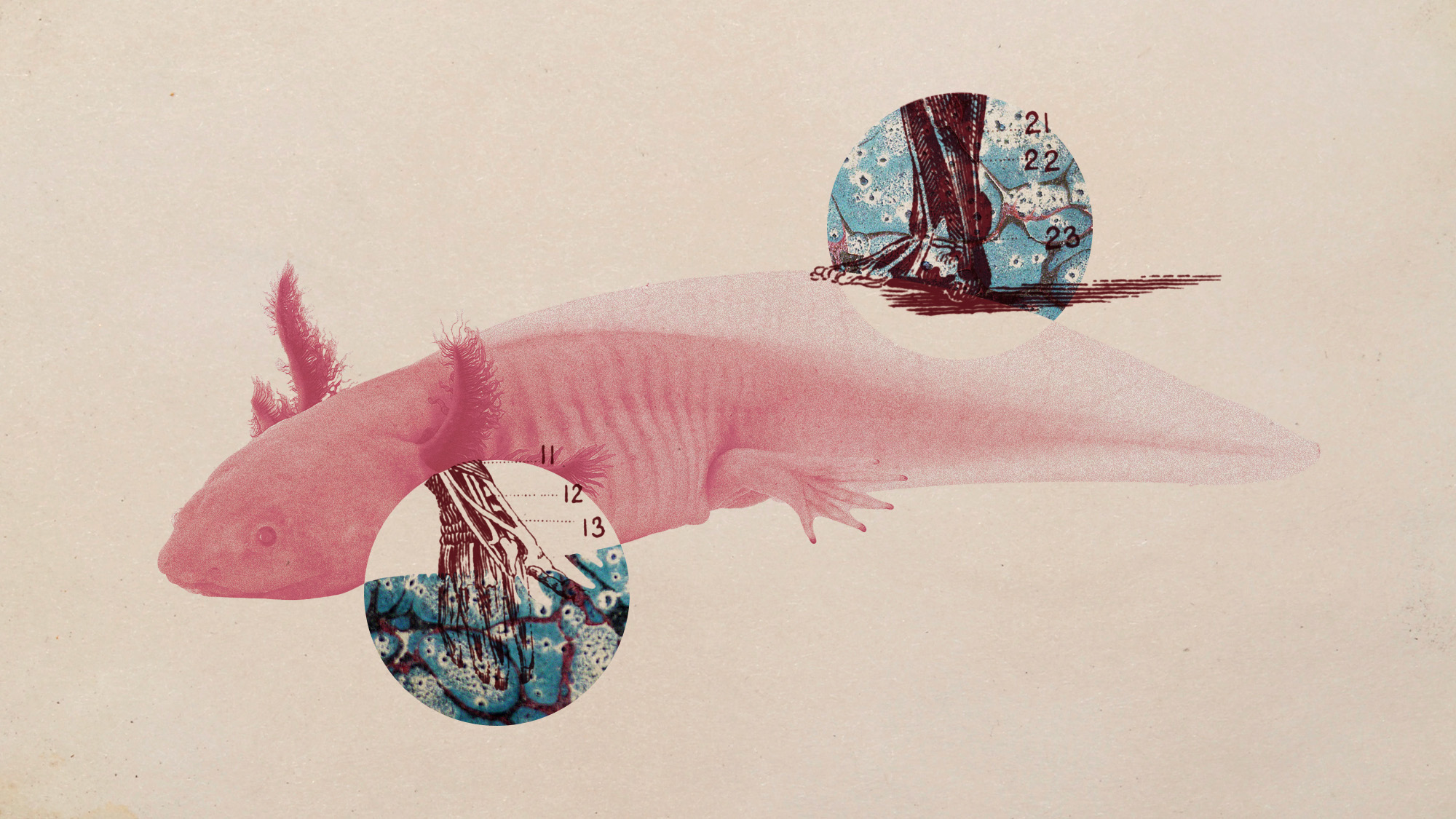 Scientists want to regrow human limbs. Salamanders could lead the way.
Scientists want to regrow human limbs. Salamanders could lead the way.Under the radar Humans may already have the genetic mechanism necessary
-
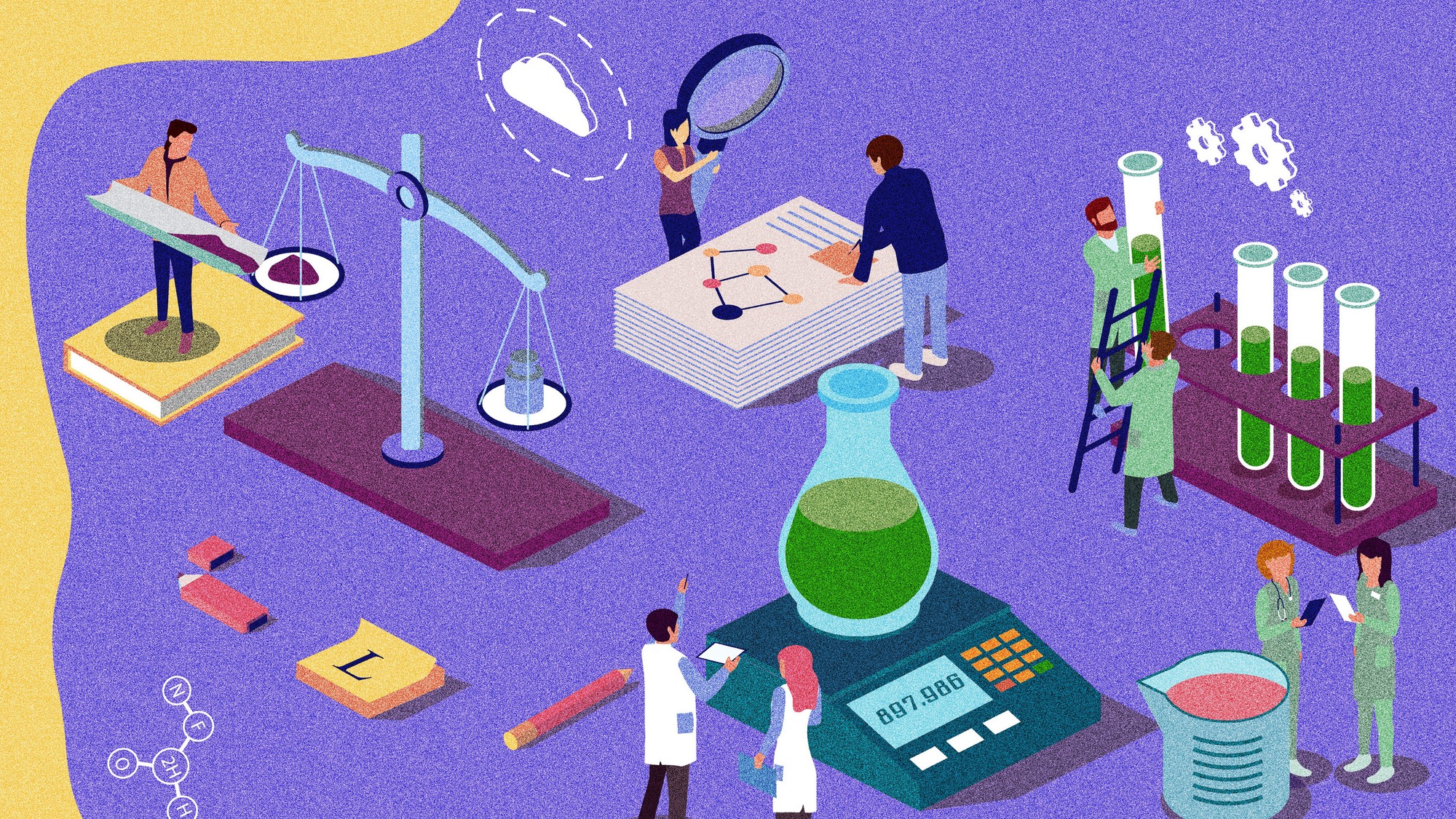 Is the world losing scientific innovation?
Is the world losing scientific innovation?Today's big question New research seems to be less exciting
-
 Breakthrough gene-editing treatment saves baby
Breakthrough gene-editing treatment saves babyspeed read KJ Muldoon was healed from a rare genetic condition
-
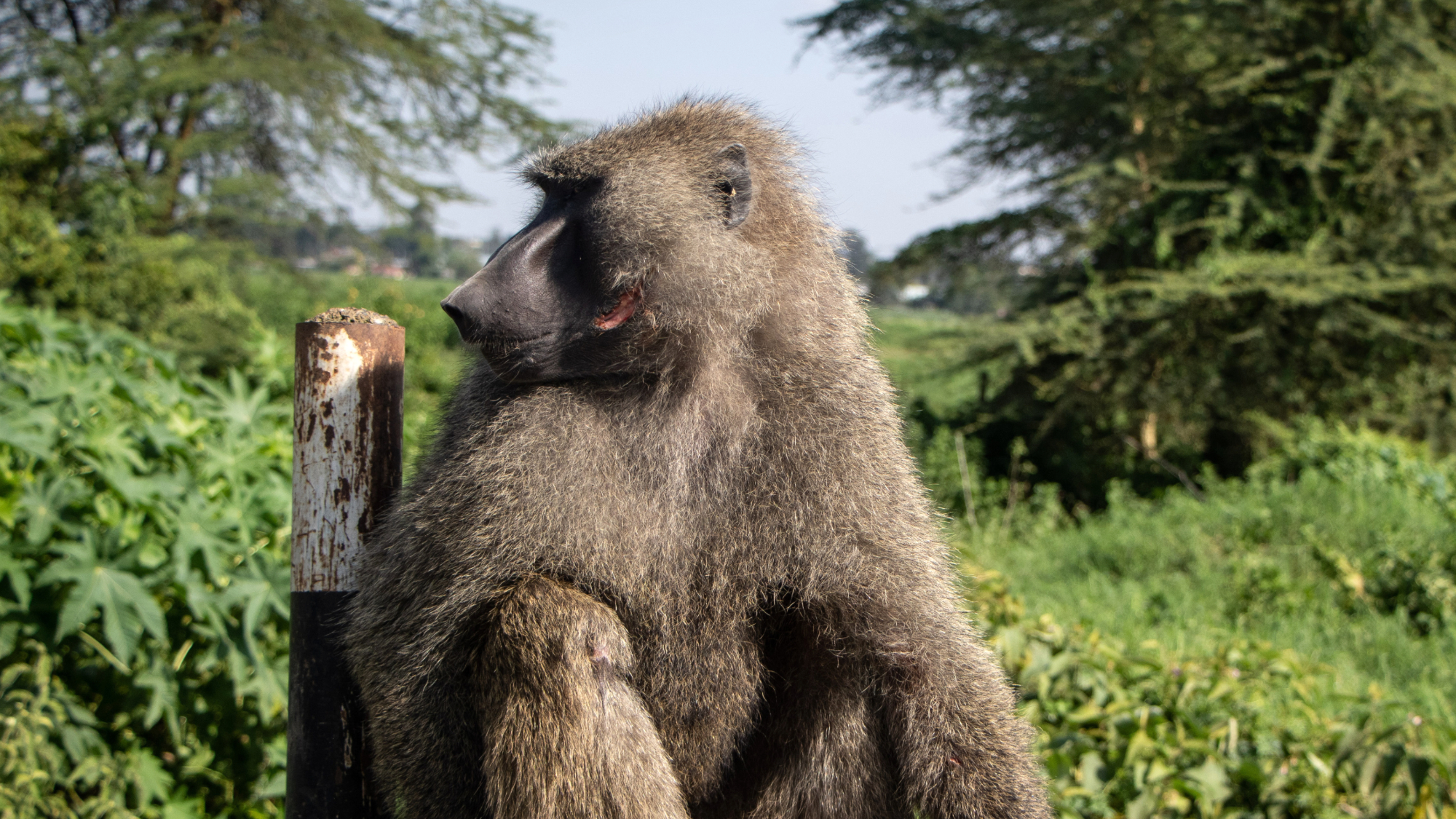 Humans heal much slower than other mammals
Humans heal much slower than other mammalsSpeed Read Slower healing may have been an evolutionary trade-off when we shed fur for sweat glands
-
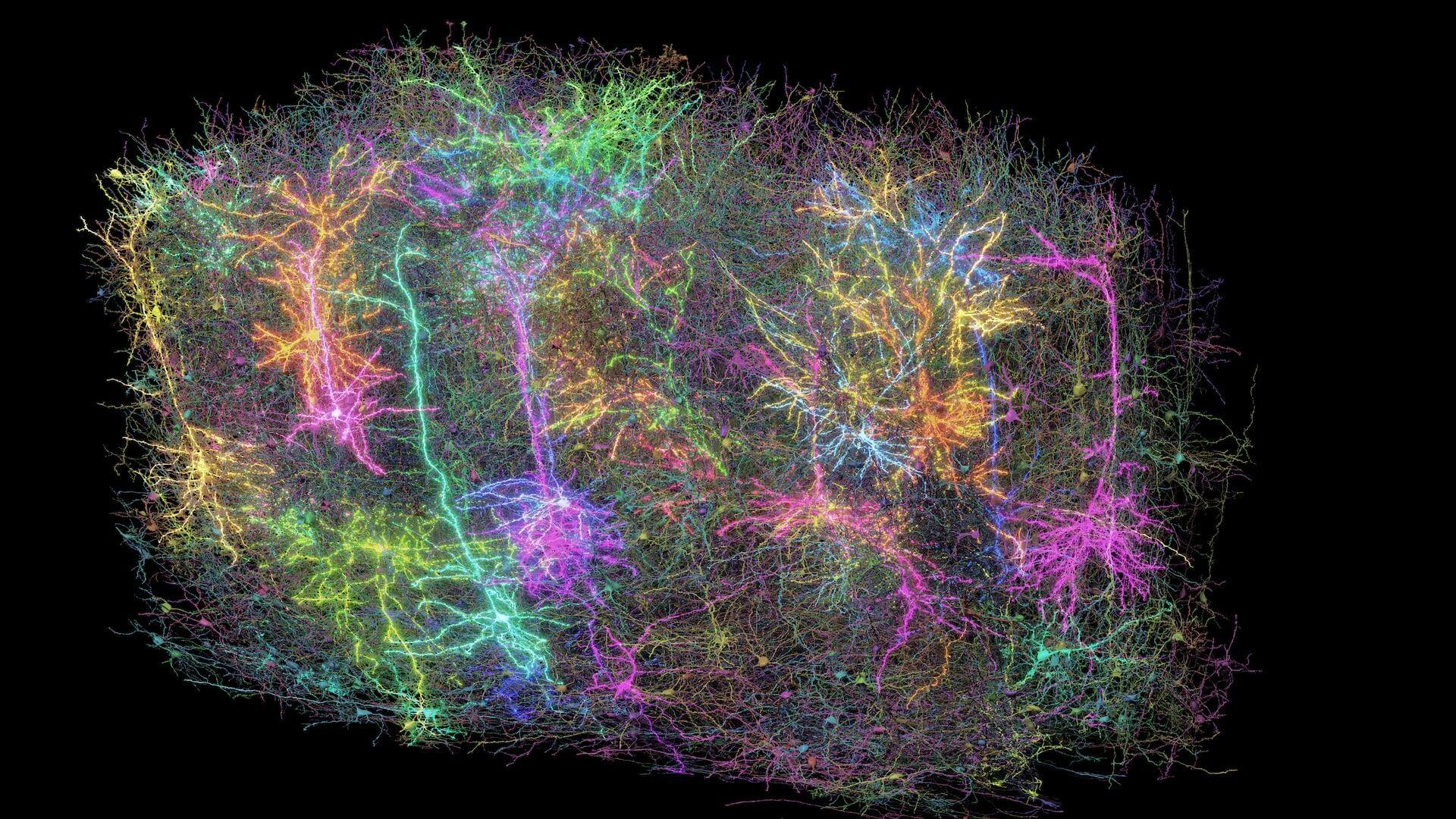 Scientists map miles of wiring in mouse brain
Scientists map miles of wiring in mouse brainSpeed Read Researchers have created the 'largest and most detailed wiring diagram of a mammalian brain to date,' said Nature
-
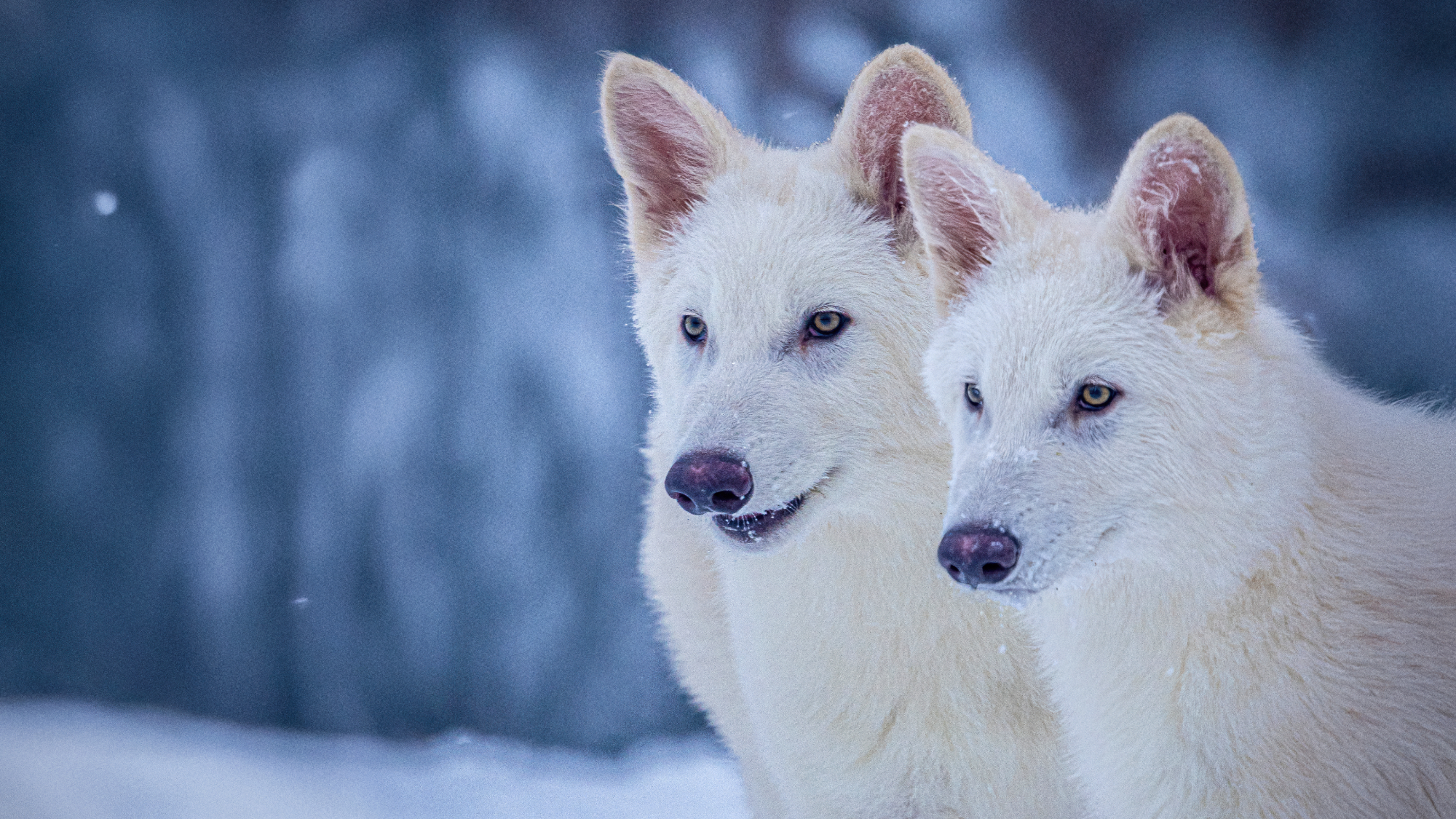 Scientists genetically revive extinct 'dire wolves'
Scientists genetically revive extinct 'dire wolves'Speed Read A 'de-extinction' company has revived the species made popular by HBO's 'Game of Thrones'